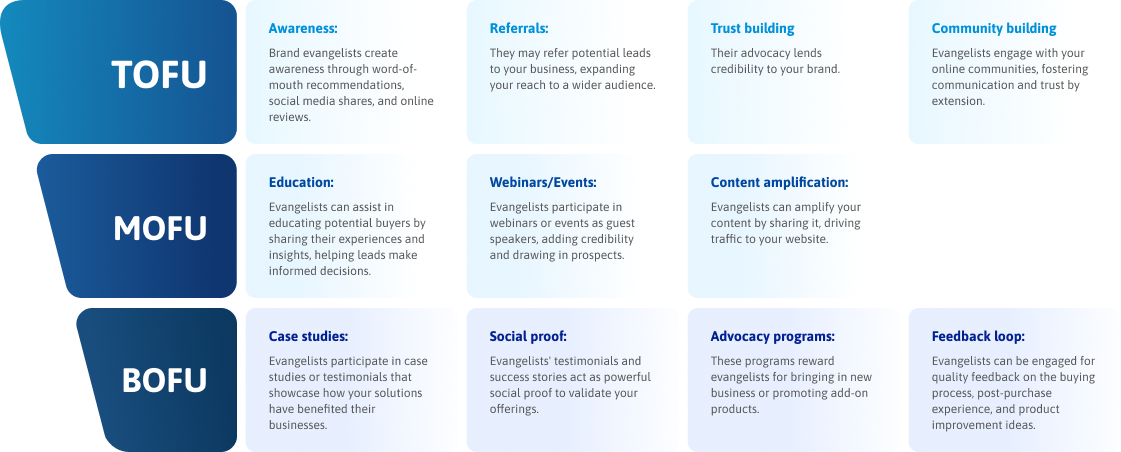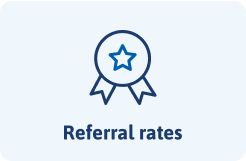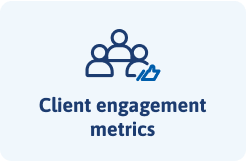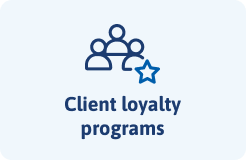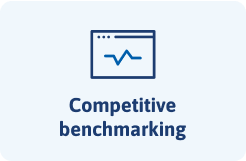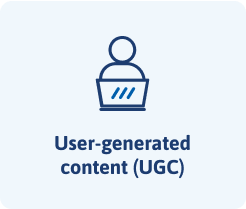In today’s highly competitive environment, understanding and prioritizing client lifetime value (CLTV) has become essential. Extensive research has consistently shown that retaining existing clients is far more cost-effective than acquisition. As far back as 2020, Harvard Business School reported that retaining a client can be up to 25 times cheaper than attracting a new one.
This correlation has continued to develop in the B2B sector, where the importance of investing significant resources in demand generation and lead nurturing has increased, raising the cost of client acquisition considerably. In fact, as of 2023, the average client acquisition cost for a B2B organization has surged to $536, according to Userpilot’s data




